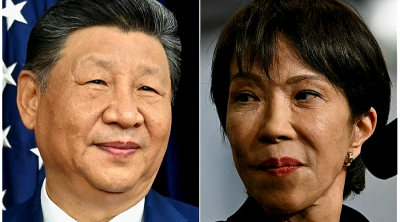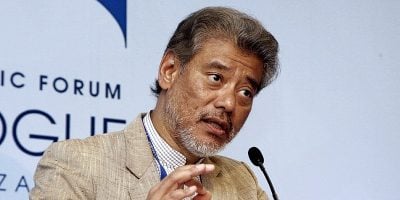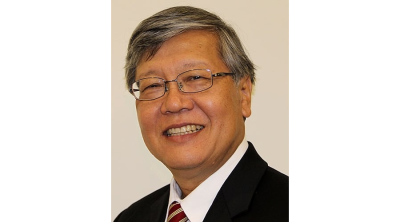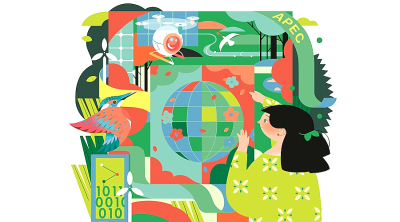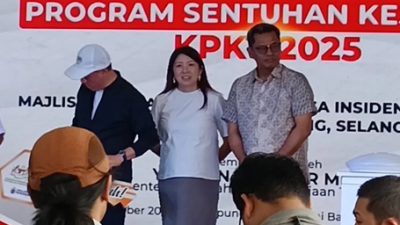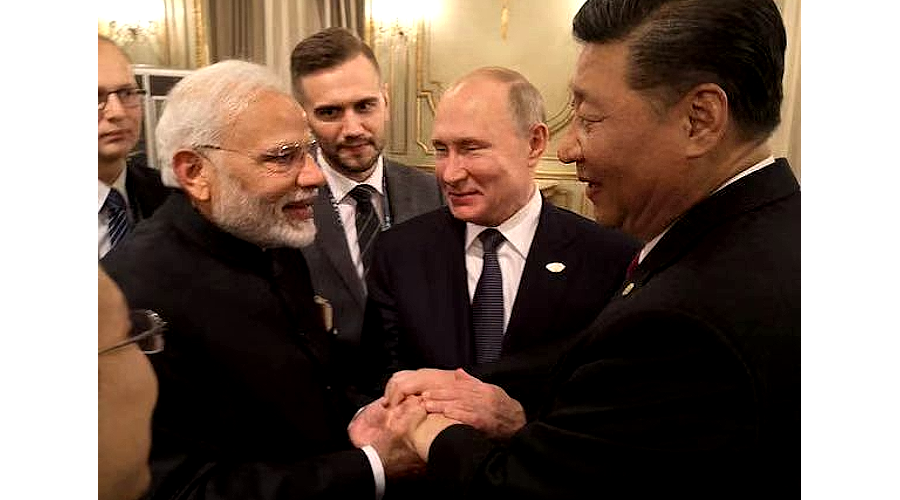
A photograph can sometimes reveal more than a summit communiqué or hours of diplomatic negotiations.
This week, one such image ricocheted across global media: China’s Xi Jinping, India’s Narendra Modi, and Russia’s Vladimir Putin standing shoulder to shoulder, smiling, clasping hands at the Shanghai Cooperation Organization (SCO) summit.
For some, it was a fleeting tableau of diplomacy. For seasoned observers, it was a moment heavy with symbolism, a reminder that the global balance of power is shifting, and that Asia’s giants are no longer merely reacting to events but shaping the stage itself.
A carefully staged symbol
The optics were deliberate. At one point, Modi physically pulled Putin and Xi closer into a triangular embrace, transforming the moment into a symbol of fraternity.
State broadcasters replayed the scene repeatedly.
For Beijing, it was a chance to cast itself as the anchor of a Eurasian realignment. For Moscow, still isolated by Western sanctions and mired in Ukraine, it was proof of enduring relevance. For New Delhi, it was a performance of balance, affirming ties with the East even as it remains courted by Washington and Brussels.
“The dragon and the elephant must come together,” Xi told Modi, evoking a long-standing metaphor of cooperation between Asia’s two ancient civilizations.
In Chinese state media, the gesture was framed as a vision for the Global South, a partnership that could serve as a counterweight to the West’s institutions and narratives.
Fragile unity beneath the smiles
Despite the warmth, this was not a meeting of natural allies. The three powers carry unresolved tensions:
■ China and India remain locked in border disputes, with skirmishes in the Himalayas still fresh in memory.
■ Russia and India maintain strong defense ties, but New Delhi quietly edges closer to Washington for technology and investment.
■ China and Russia often move in tandem, yet Moscow remains wary of becoming the junior partner in a Beijing-centric order.
Analysts note that the handshake was more choreography than consolidation.
“This is theatre, but important theatre,” one diplomat said.
“It signals that even with deep fractures, these powers see value in being seen together, and that alone changes calculations in Western capitals.”
The West watches uneasily
For Washington and its allies, the image landed like a warning shot.
Were China, India, and Russia to deepen collaboration, the implications would be profound:
■ Trade flows could tilt eastward, reducing Western influence in global supply chains.
■ New security arrangements might emerge, challenging NATO’s primacy in Eurasia.
■ Alternative financial systems could gain traction, undermining the US dollar’s role as the world’s reserve currency.
Already, the BRICS bloc, now expanded to include Egypt, Iran, the UAE, and others, is testing local currency settlements and bolstering its New Development Bank as a rival to the IMF and World Bank.
The photo, therefore, reinforced a message: the Global South is no longer a silent stakeholder, but a potential architect of new institutions.
Still, skeptics caution against reading too much.
As one Western analyst put it, “The dragon, the bear, and the elephant may shake hands, but they march to very different rhythms.”
India’s calculated gamble
Perhaps the most intriguing figure in the picture is Modi.
India has long prided itself on strategic autonomy, a doctrine of engaging all sides without binding commitments. The embrace in Tianjin was consistent with that philosophy.
For domestic critics, however, the optics were uncomfortable. Opposition leaders accused Modi of bowing to Beijing at a time when Chinese troops remain stationed on contested Himalayan territory.
Supporters countered that this was deft statecraft, an assertion of India’s global stature, not a concession.
Indeed, India now finds itself in a position to leverage both sides: expanding defense and technology ties with the United States, while simultaneously signaling to Moscow and Beijing that it will not be boxed into a Western orbit.
Malaysia and the middle power dilemma
For Malaysia, and Southeast Asia more broadly, the symbolism carries immediate consequences.
As a mid-sized nation situated at the crossroads of global trade, Malaysia must navigate carefully between emerging blocs.
■ Economic opportunity: China and India are already top trading partners, while Russia remains an important energy and defense partner.
Expanding links through the Belt and Road Initiative (BRI), the Regional Comprehensive Economic Partnership (RCEP), and selective engagement with BRICS could strengthen Malaysia’s resilience.
■ Diplomatic leverage: Malaysia’s long-standing policy of neutrality, “friends with all, enemies with none”, becomes an asset, allowing it to act as mediator and host for dialogues in an era of multipolarity.
■ Technological partnerships: Tapping into India’s digital sector, China’s green technologies, and Russia’s aerospace capabilities could help Malaysia ride the Fourth Industrial Revolution.
■ ASEAN’s bridge to BRICS: With ASEAN’s growing profile, Malaysia is well placed to serve as a conduit between Southeast Asia and the emerging BRICS-led order.
More than a photo
Ultimately, the image of Xi, Modi, and Putin together may fade from headlines. Yet history suggests that symbols often precede seismic shifts.
The “big three of Eurasia” may not form a formal alliance, but their visible camaraderie sends a message: the world’s center of gravity is shifting, slowly but surely, toward the East.
For smaller nations like Malaysia, the imperative is clear, remain nimble, preserve neutrality, and seize opportunities in a landscape where power is no longer monopolized, but contested.
Because when giants shake hands, even for a moment, the ripples can reshape the world.
(Ts. Dr. Manivannan Rethinam is a distinguished Professional Technologist (Ts.) and holds a Doctorate in Business Administration, specializing in marketing and technology management. He is the Chairman of Majlis Gagasan Malaysia and a seasoned political and geopolitical analyst with over 25 years of senior leadership experience in technology, strategy, and policy.)
ADVERTISEMENT
ADVERTISEMENT







